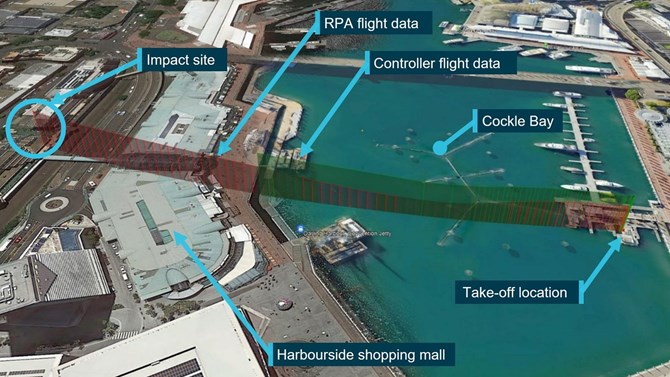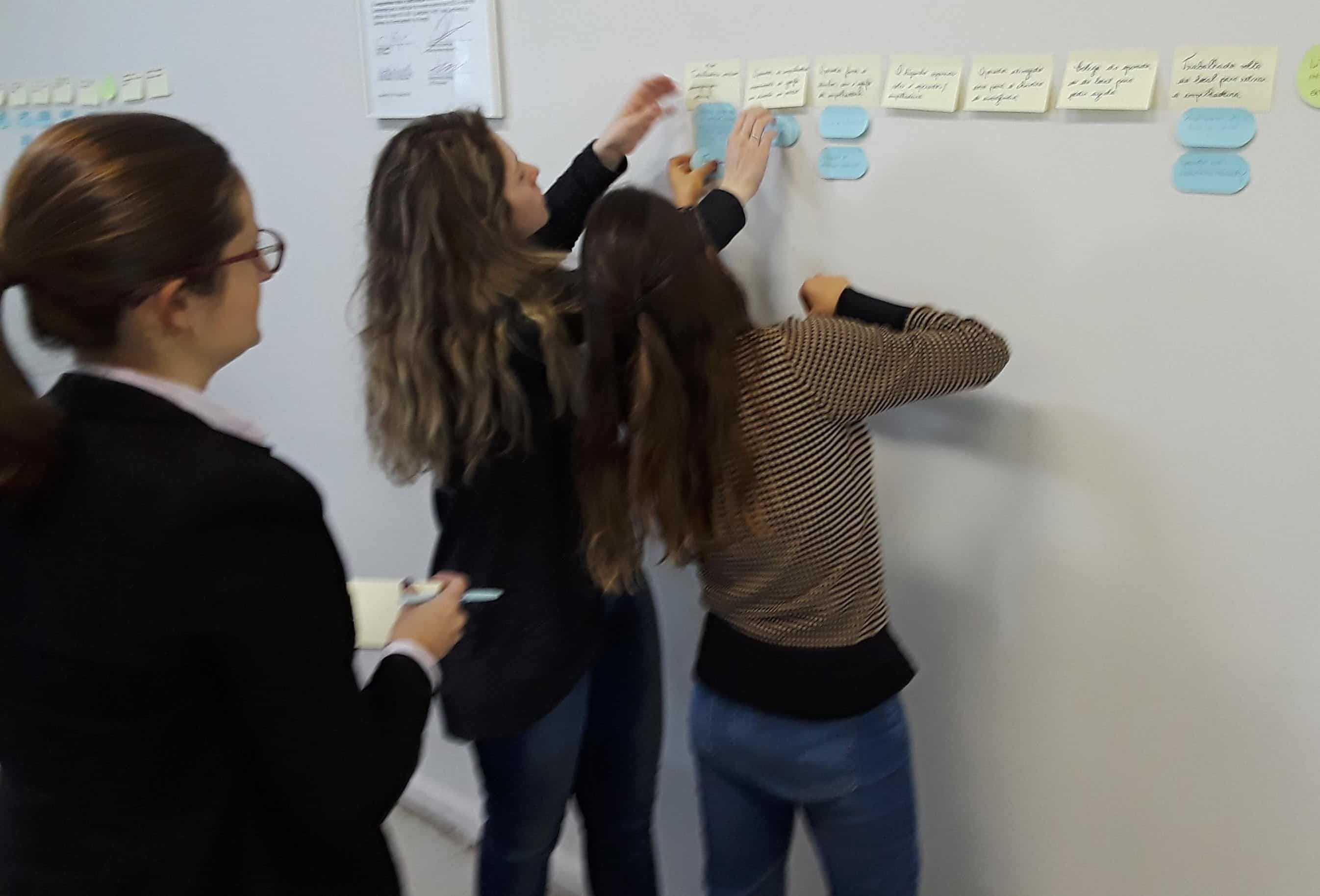What does a bad day look like? Don’t fly into a hotel window

A fly-away incident where a DJI Inspire 2 remotely piloted aircraft (RPA) collided with a hotel window, injuring an occupant, serves to remind operators to be familiar and well drilled in emergency procedures, an ATSB investigation notes.
On January 15, 2021, the DJI Inspire 2 was being used for aerial photography and videography above Cockle Bay in Darling Harbour, Sydney, but ended up flying into a hotel window.
Shortly after take-off, the RPA unexpectedly accelerated away from the pilot, and became unresponsive to control inputs. It accelerated to its maximum speed and, a short time later, collided with the window of a hotel adjacent to Darling Harbour.
The RPA shattered the hotel window but did not penetrate it. A person inside the hotel received minor injuries from flying glass, and the RPA was destroyed.
The ATSB (Australian Transport Safety Bureau) investigation into the incident found the compass of the RPA failed due to electromagnetic interference during flight, leading to the fly-away.
“Occurrence data reported to the ATSB indicates RPA fly-away occurrences are not rare,” ATSB Director Transport Safety Stuart Macleod said.
In the four years from 2017 to 2020, 94 occurrences of partial or complete loss of transmission and/or reception of digital information from an RPA were reported to the ATSB.
The majority of these occurrences resulted in damage to either the aircraft, property, or both.
“It’s important RPA pilots ensure they are familiar and well drilled in emergency procedures, as well as being proficient in flying in all flight modes,” Mr Macleod said.
Mr Macleod noted that during an RPA fly-away, there may only be a few seconds in which a pilot can take avoiding action.
“In the event of a compass failure, switching to the fully manual attitude flight mode may assist regaining control of the RPA,” he noted.
Following a review of the occurrence, the RPA’s manufacturer, DJI, updated the user manuals for a number of its products, including the Inspire 2.
The changes provide additional guidance to users regarding the use of the fully manual attitude flight mode in the event of compass interference.
Although not contributory to this occurrence, the ATSB investigation also found the pilot did not follow the operator’s emergency procedures, or comply with the regulator’s operational permissions to fly in restricted airspace.
“Adhering to operational guidelines and limitations remains important for ensuring the safe operation of RPAs,” Mr Macleod said.
“This is particularly true in populated areas, where risks are potentially elevated.”
Adhering to the limitations and guidance provided by the regulator will ensure these risks remain as low as reasonably practicable, Mr. Macleod concluded.
Read the ATSB report: AO-2021-001 Loss of control and collision with terrain involving DJI Inspire 2 remotely piloted aircraft Darling Harbour Sydney, New South Wales on 15 January 2021.
Source: ATSB, “RPA fly-away results in minor injuries after shattering hotel room window.”
Image source: ATSB, “RPA fly-away results in minor injuries after shattering hotel room window.”
Become trained in troubleshooting and identifying root causes of issues and incidents.
REGISTER TODAY for a TapRooT® course and gain advantage, experience, and expertise from our professional instructors. Here are listings for our upcoming 2-Day and 5-Day courses:
2-DAY TAPROOT® ROOT CAUSE ANALYSIS TRAINING
5-DAY TAPROOT® ADVANCED ROOT CAUSE ANALYSIS TEAM LEADER TRAINING
We are global to meet your needs. If you need other times or locations, please see our full selection of COURSES.
If you would like for us to teach a course at your workplace, please REACH OUT HERE to discuss what we can do for you, or call us at 865.539.2139.



